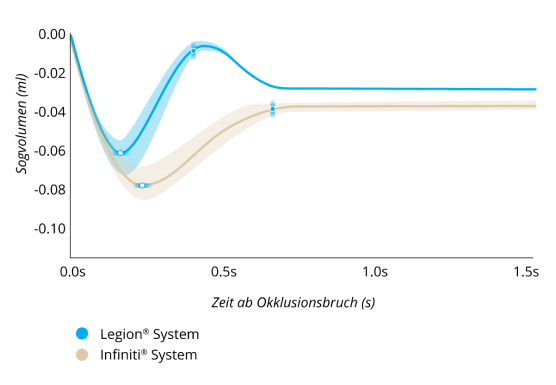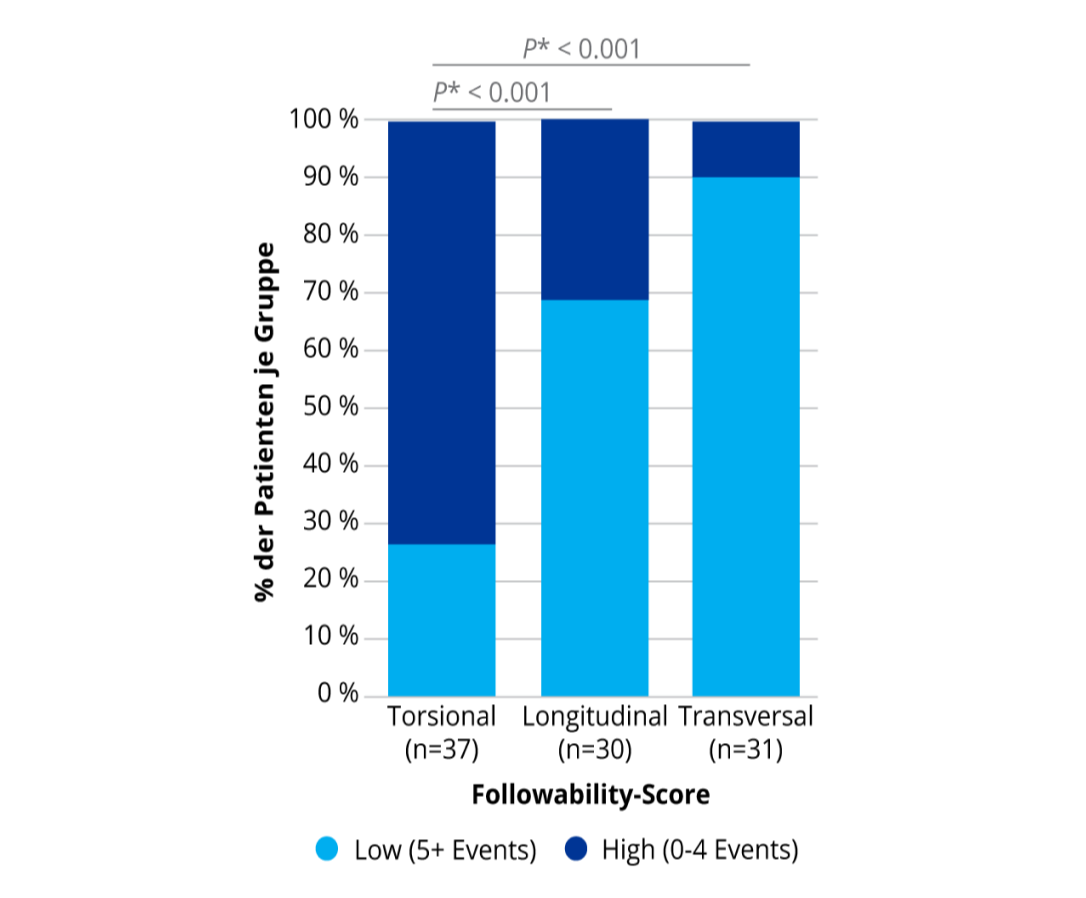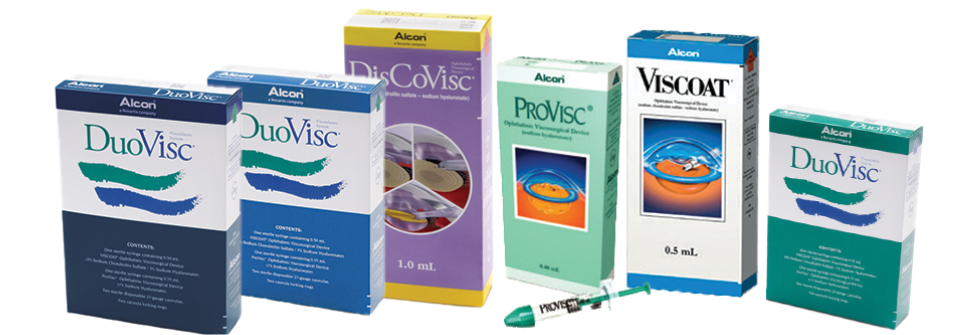Legion® System - Ihr Zugang zur leistungsstarken Phakotechnologie von Alcon
Erweitern Sie Ihre Möglichkeiten mit dem fortschrittlichen Legion® System.

Legion® System - Ihr Zugang zur leistungsstarken Phakotechnologie von Alcon
Erweitern Sie Ihre Möglichkeiten mit dem fortschrittlichen Legion® System.

Erhöhte Stabilität während der Phakoemulsifikation
Das Legion® System bietet bei verschiedenen Vakuumeinstellungen einen geringeren Postokklusionssog als das Infiniti® System.1-6
Sog-Volumen mit Schwerkraft-Fluidiksystemen7

Sog-Volumen nach Okklusionsbruch8
(IOD 55 mmHg; Vak-Einstellung 550 mmHg; Asp 40 ml/min; 55 mmHg = 75 cmH2O)

- 50 % schnellerer Ausgleich nach Surge
- 30 % weniger Surge
Erweiterte Effizienz

Intuitive Benutzeroberfläche
Die Benutzeroberfläche des Legion® Systems ermöglicht schnelle Anpassungen und individuelle Einstellungen der chirurgischen Parameter.12

Praktisches Design
Das Legion® System kann als Table-Top oder zusammen mit dem optionalen Gerätewagen verwendet werden.12


Zubehör für optimiertes Gesamtkostenmanagement
Wiederverwendbares elektrisches Handstück für die anteriore Vitrektomie12

23G Anteriore Vitrektomie Einmal Tip und Verbrauchsmaterialien12

Ergänzende Produkte
Centurion® Vision System mit Active Sentry® Handstück
Überlegene Technologie, die erhöhte Sicherheit, Stabilität und Effizienz bei der Kataraktoperation bietet.1,2,7,13-17

Centurion® Silver System
Das fortschrittlichste Schwerkraftsystem von Alcon mit verbesserter Stabilität und Effizienz während der Phakoemulsifikation.1-6,8,18

INTREPID® Phako Tips und I/A-Handstücke
Optimieren Sie Ihre Phako-Operationen durch die Verbindung von Centurion®-basierter Systemtechnologie mit der Effizienz und Vielseitigkeit des INTREPID® Hybrid Tips, INTREPID® BALANCED Tips und INTREPID® Transformer I/A-Handstücks.10,19-21

Klinische Erfahrungen
Technische Merkmale

Gebrauchsanweisung (IFU - Instructions for Use)
Eine vollständige Auflistung der Indikationen, Kontraindikationen und Warnhinweise finden Sie in der Gebrauchsanweisung des jeweiligen Produktes und/oder unter ifu.alcon.com.
Alcon Experience Academy
Interessante Schulungsinhalte und Trainingsangebote
Referenzen:
1. Thorne A, Dyk DW, Fanney D, Miller KM. Phacoemulsifier occlusion break surge volume reduction. J Cataract Refract Surg. 2018 Dec;44(12):1491-1496.
2. Aravena C, Dyk DW, Thorne A, Fanney D, Miller KM. Aqueous volume loss associated with occlusion break surge in phacoemulsifiers from 4 different manufacturers. J Cataract Refract Surg. 2018 Jul;44(7):884-888.
3. Nicoli CM, Dimalanta R, Miller KM. Experimental anterior chamber maintenance in active versus passive phacoemulsification fluidics systems. J Cataract Refract Surg. 2016;42(1):157:162.
4. Dyk DW, Miller KM. Mechanical model of human eye compliance for volumetric occlusion break surge measurements. J Cataract Refract Surg. 2018 Feb;44(2):231-236.
5. Narendran N, et al. The Cataract National Dataset electronic multicentre audit of 55 567 operations: Risk stratification for posterior capsule rupture and vitreous loss. Eye. 2009;23:31–37.
6. Salowi MA, et al. The Malaysian Cataract Surgery Registry: Risk indicators for posterior capsular rupture. Br J Ophthalmol. 2017;101:1466–1470.
7. Alcon Data on File, REF-02559, 2017.
8. Alcon Data on File, REF-08357, 2020.
9. Christakis PG, Braga-Mele RM. Intraoperative performance and postoperative outcome comparison of longitudinal, torsional, and transversal phacoemulsification machines. J Cataract Refract Surg. 2012;38(2):234-241.
10. Zacharias J. Thermal characterization of phacoemulsification probes operated in axial and torsional modes. J Cataract Refract Surg. 2015;41(1):208-216.
11. Zacharias J. Comparative thermal characterization of phacoemulsification probes operated in elliptical, torsional and longitudinal ultrasound modalities. ASCRS-ASOA Symposium and Congress; April 25-29, 2014; Boston, MA.
12. LEGION® System Operator’s Manual.
13. CENTURION® Vision System Operator's Manual.
14. Khokhar S, Aron N, Sen S, Pillay G, Agarwal E. Effect of balanced phacoemulsification tip on the outcomes of torsional phacoemulsification using an active-fluidics system. J Cataract Refract Surg. 2017;43(1):22-28.
15. Malik PK, Dewan T, Patidar AK, Sain E. Effect of IOP based infusion system with and without balanced phacotip on cumulative dissipated energy and estimated fluid usage in comparison to gravity fed infusion in torsional phacoemulsification. Eye Vis (Lond). 2017;4:22.
16. Zacharias J. Laboratory assessment of thermal characteristics of three phacoemulsification tip designs operated using torsional ultrasound. Clin Ophthalmol. 2016:10;1095–1101.
17. Vasavada AR, et al. Comparison of torsional and microburst longitudinal phacoemulsification: A prospective, randomized, masked clinical trial. Ophthalmic Surg Lasers Imaging. 2010;41(1):109-114.
18. Sharif-Kashani P, Fanney D, Injev V. Comparison of occlusion break responses and vacuum rise times of phacoemulsification systems. BMC Ophthalmol. 2014;14:96.
19. Alcon Data on File, REF-07136, 2019.
20. Noguchi S, et al. Difference in torsional phacoemulsification oscillation between a balanced tip and a mini tip using an ultra-high-speed video camera. J Cataract Refract Surg. 2016;42:1511–1517.
21. Intrepid® Transformer I/A Handpiece Directions for use.
Für Indikationen, Kontraindikationen und Warnhinweise beachten Sie bitte die Gebrauchsanweisung des jeweiligen Produktes.













